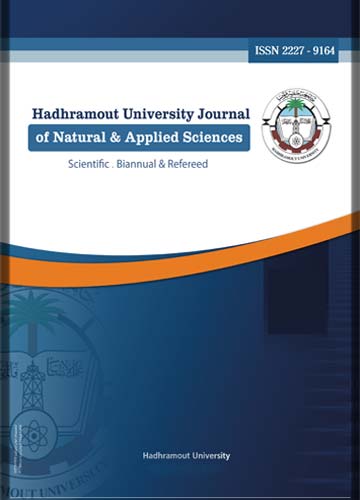The Synthesis and Characterization of New Azo Dyes Derived from Acyclovir and Sulfamethoxazole and Study Their Biological Activity
Keywords:
Acyclovir, Azo, Biological activity, Inhibitory diameter SulfamethoxazoleAbstract
In this research, two new azo dyes, 9-(2-Hydroxy-ethoxymethyl)-2-(2-hydroxy5nitrophenylazo)-1,9-
dihydro-purin-6-one and 4-(2-Hydroxy-napHthalen-1-ylazo)-N-(5-methyl-isoxazol-3-yl)-benzenesulfonamide,
derived from Acyclovir and Sulfamethoxazole was synthesized. The first dye synthesis was started by diazation of
acyclovir, then combined with 4-nitrophenol activated with potassium hydroxide 10%, yielding 80%, and its purity
was verified by thin layer chromatography (TLC). The second dye synthesis was started by diazation of
Sulfamethoxazole then combined with β-naphthol activated with potassium hydroxide 10%, yielding 87%, and its
purity was verified by thin layer chromatography (TLC). The identity of the resulting pigments was determined
based on spectroscopic methods such as infrared spectroscopy, proton nuclear magnetic resonance spectrum and
UV-VIS spectrum. The results of this study showed that they were in agreement with the blistered formula of the
dyes. The biological activity of the resulting pigments was studied on two common and clinically pathogenic
bacteria E.Coli and Steaphylococcus. It was found that the dye has a good inhibitory ability towards the growth of
both bacteria, more than it is in the case of acyclovir and Sulfamethoxazole




